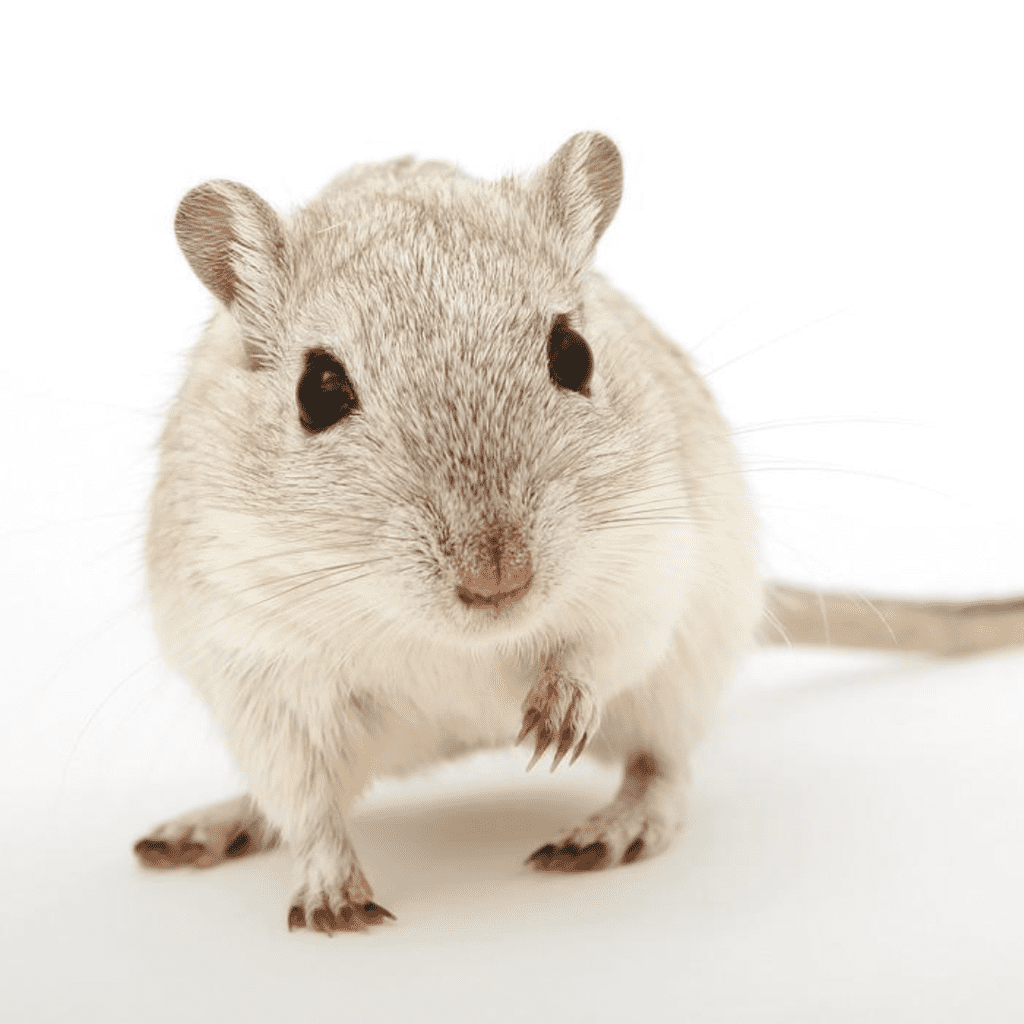If your mouse traps aren’t working, don’t despair. Mice can be very smart, after all. And you may also be making some mistakes that are causing the inability to catch these mice.
Here are some common mistakes when it comes to mouse traps:
The Wrong Trap
This is perhaps the most basic mistake. Sure, there are plenty of mouse traps around, but they’re not all equally effective. Some mouse traps are too complicated that newbies find them almost impossible to set up.
Sensitivity is another issue. Sometimes the trap is sprung because of vibrations around the house. With people jumping around on floors, or with loud music playing with really thumping bass, the traps may inadvertently spring.
Not Enough Traps
Mice reproduce very quickly, and they can spread out all over your home. It’s even possible (at least in theory) to end up with thousands of mice within a year.
You’re not going to dent those numbers with just a single trap. You need a lot more.
In fact, you also should go with more than one type of trap. Try spring traps, bucket traps, glue traps, and perhaps even some rodent poisons if you don’t mind killing these pests. You have to understand that mice are smart, and they may learn to avoid a particular type of trap if they recognize it.
Wrong Place for Traps
Even if the traps are excellent, they won’t work if you’re putting them in the wrong place. For example, it doesn’t make sense to put the trap in your bedroom when you generally find mice (or mouse droppings) in the kitchen.
Even in the right room, you still have to think about proper placement. You can’t place the trap right there in the middle of the floor. Mice like to travel in cramped places. When they do travel on your floor, they’ll hug your walls. They’re so wary that they’ll rarely be brave enough to just walk around in the open.
You should think about where the mice might want to go, and then place the traps along the route they might travel. That usually means placing your traps along the walls (especially where it’s usually dark).
The opening of the trap should also be placed along the walls. Keep the bait there, right next to the wall. Having the bait on the other side away from the wall might be too scary for wary mice.
Wrong Spacing
You shouldn’t have your traps sit too close together. That’s because if one trap works, the other one may be rendered useless.
Keep in mind that mice have a keen sense of smell. And if they discover a dead mouse, they’ll learn to avoid that area in the first place. That means the 2nd trap won’t work. This is actually another reason why it may be best to trap mice but not kill them.
If you only trap mice, then you can try spacing your traps maybe 2 to 3 feet apart. But for large infestations, you can even go with just an inch apart—as long as the mice are still alive.
The Wrong Bait
You also have to figure out what bait to use for mouse traps. Yes, obviously it’s best to lure in mice with food. That’s always a good idea.
But cheese isn’t exactly one of the best types of food to use as bait for mice. You’re better off with grain or seed-food based, along with chocolate. That’s why peanut butter is also one of the best baits you might want to try.
Mice also look for nest-building supplies, especially during the cold months. You might want to try using stuff like cotton balls, and maybe even dental floss.
Just make sure that you don’t use too much bait. The main problem with a lot of bait is that mice can eat slowly since they’re very alert even while they’re eating. They may be able to enjoy the food without triggering the trap.
It’s best if you only use a little bit of food as bait for your trap. A pea-sized amount of peanut butter is quite enough.
You Touched the Bait
As mentioned before, mice have a keen sense of smell. That’s why even a pea-sized amount of peanut butter will act as a beacon for mice.
The problem is that if you touch the bait with your bare hands, the mice will also detect the human scent on the bait. That may be enough for them to avoid going anywhere near the bait.
Keep in mind that mice learn very quickly to avoid people. They’ll scurry away quickly if they detect you. And they also tend to avoid areas with human scents.
Final Words
In the end, we humans are also smart, right? That means we can learn from our mistakes, we can find the right traps, and learn how to use and place them properly. If your traps aren’t working, you may want to do more research.
Of course, perhaps the most effective way to deal with rats is to just go with professional rodent control services. They may cost more, but in the end, they’re better at getting rid of mice than you’ll ever be!


